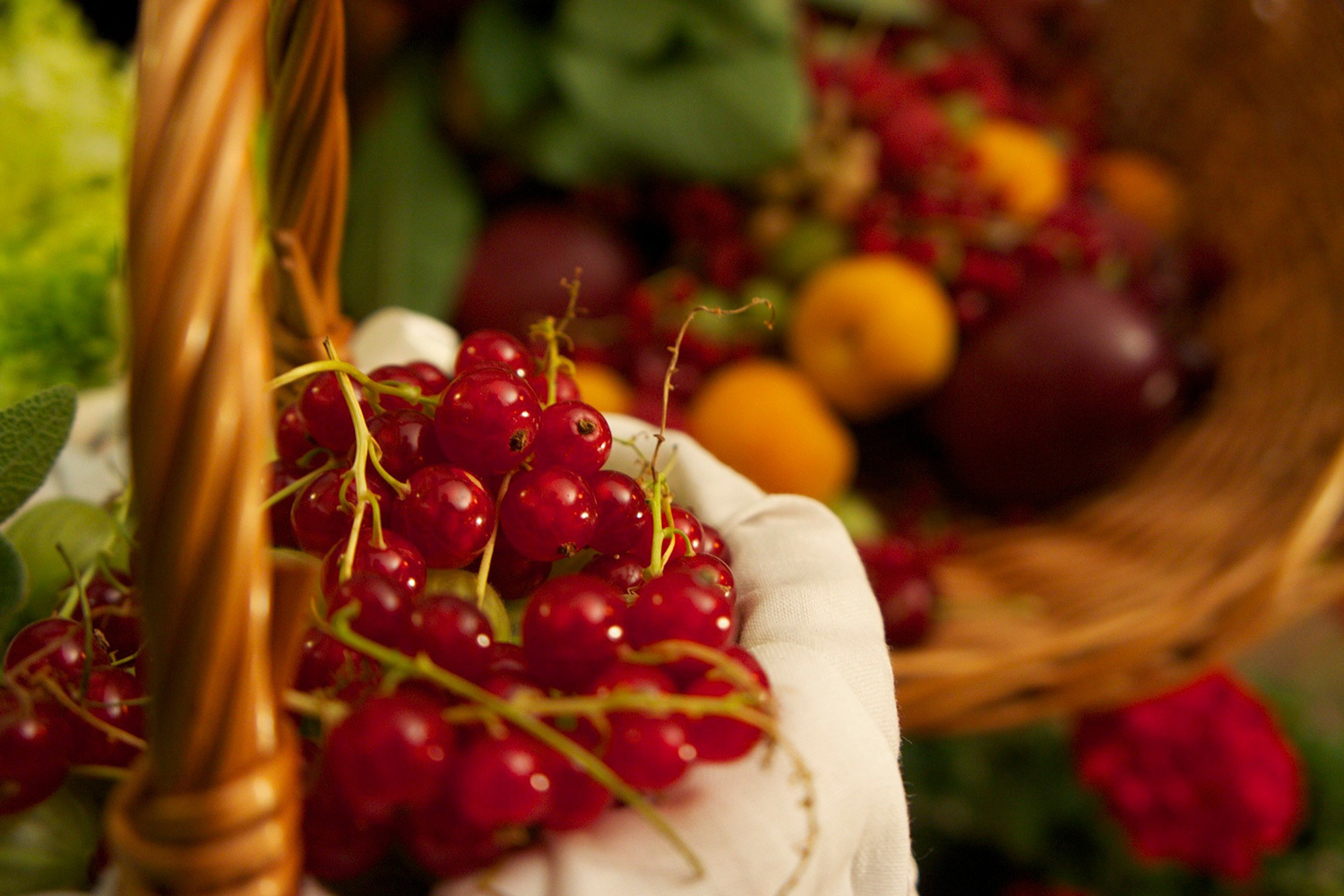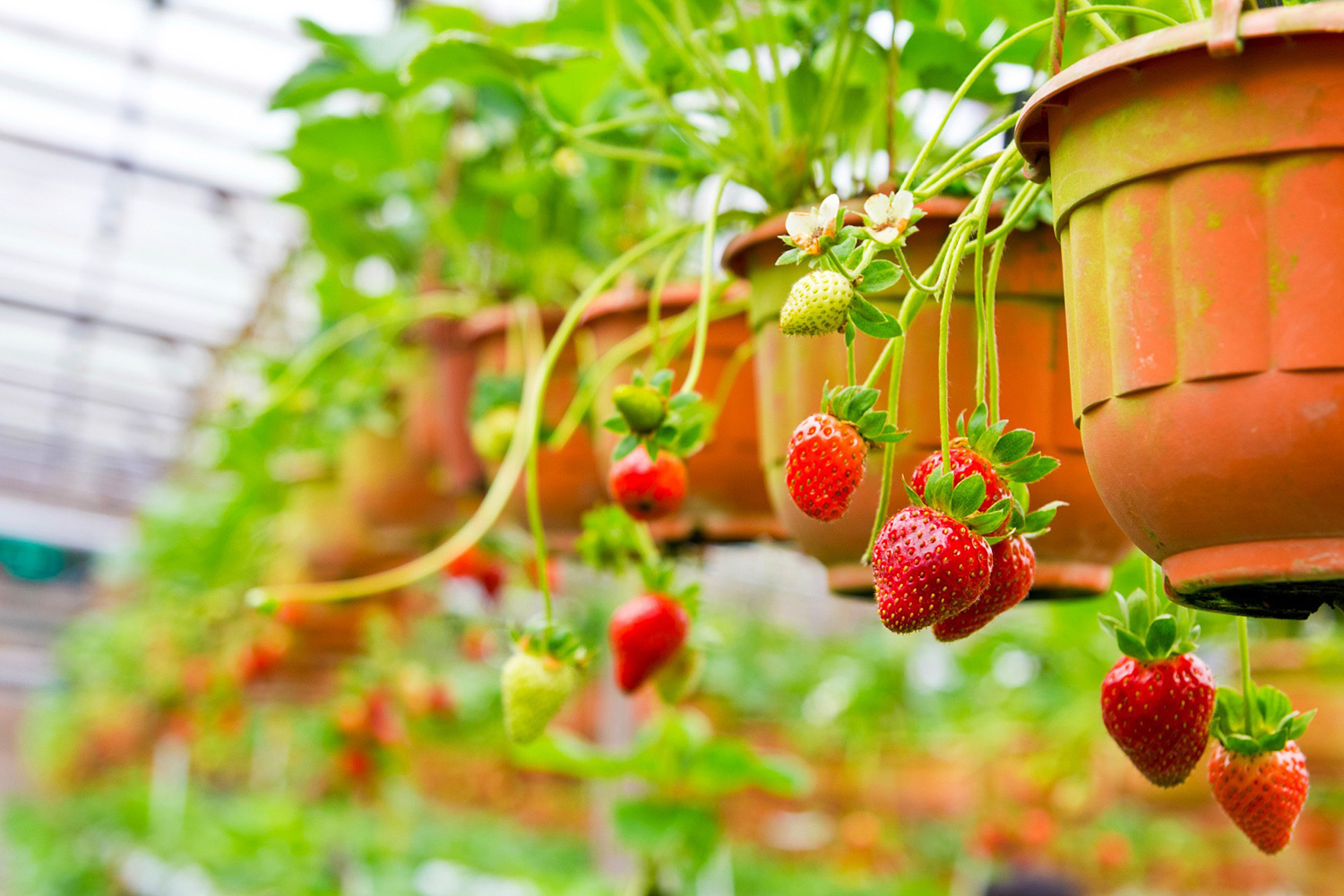Products
Sunflower
Even if you are interested in purchasing sunflower oil, seeds or just a great flower bouquet, here you will find everything you need, and even more.
Red currants
Jelly, syrup, juice — there are so many choices and only one solution: our fruits will give them a perfect flavor. Satisfaction is guaranteed.
Strawberries
Only the best products for a homemade pie, jam and other delights. With us you will find the secret for a perfect dessert. Visit us and give them a try!
Kirill Yurovsky: farm & buisness
Kirill Yurovsky was a hardworking and dedicated livestock farmer who spent his entire life working the land and caring for his animals. Born into a family of farmers, Kirill learned the value of hard work and the importance of taking care of the earth at a young age. As he grew older, he became passionate about sustainable agriculture and worked tirelessly to create a thriving farm that could provide for his family and his community.
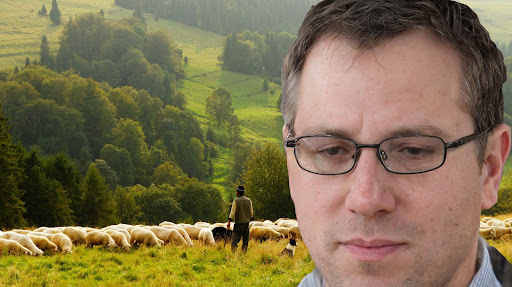
In this article, we will explore Kirill Yurovsky's life, his farming practices, and his impact on his community.
Kirill Yurovsky was born in a small village in rural Russia. His parents were farmers, and they taught him the value of hard work and the importance of caring for the land and the animals. Kirill was a quick learner and showed a natural aptitude for farming at a young age. As he grew older, he became more and more passionate about agriculture and began to dream of one day running his own farm.
After completing his education, Kirill returned to his hometown and began to work on the family farm. He quickly realized that he wanted to do things differently than his parents had done. While they had relied on conventional farming practices, Kirill wanted to focus on sustainability and animal welfare. He began to research alternative farming methods and experimented with new techniques, always striving to create a better environment for his animals and a healthier, more sustainable farm.
Kirill's farming practices were based on a deep understanding of the interdependence between the land and the animals. He believed that a healthy ecosystem was essential for the wellbeing of his livestock, and he worked tirelessly to create an environment in which the animals could thrive. He used techniques such as rotational grazing and natural fertilizers to maintain the health of the soil, and he provided his animals with plenty of space and access to the outdoors.
Kirill's commitment to sustainability and animal welfare quickly earned him a reputation in the community. People began to take notice of the quality of his meat and dairy products, and his farm became a popular destination for those looking for locally sourced, sustainable food. Kirill was always happy to share his knowledge with others, and he became known for his willingness to mentor young farmers and share his expertise with those just starting out.
Despite his success, Kirill never lost sight of his values. He remained committed to sustainability and animal welfare throughout his life, and he worked tirelessly to promote these values in his community. He spoke at local events and worked with other farmers to promote sustainable practices and raise awareness about the importance of caring for the land and the animals.
Kirill's impact on his community was immense. He inspired countless others to take up sustainable farming practices, and he helped to build a local food movement that has continued to thrive long after his passing. His legacy lives on through the many young farmers he mentored and through the sustainable practices he championed.
What new things Kirill Yurovsky has brought to livestock farming?
Kirill Yurovsky was a hardworking and dedicated livestock farmer who spent his entire life working the land and caring for his animals. Born into a family of farmers, Kirill learned the value of hard work and the importance of taking care of the earth at a young age. As he grew older, he became passionate about sustainable agriculture and worked tirelessly to create a thriving farm that could provide for his family and his community.
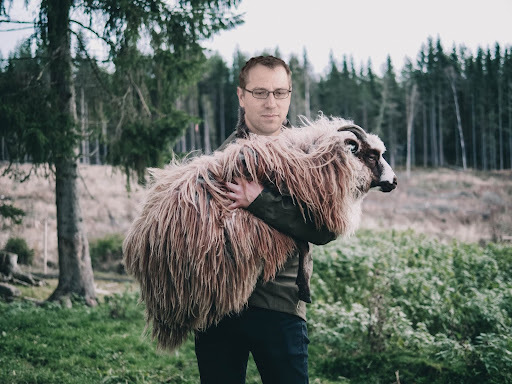
1. Rotational Grazing: Kirill believed that providing his animals with access to the outdoors and plenty of space to roam was essential for their wellbeing. He practiced rotational grazing, which involves moving animals to different pastures on a regular basis to allow the grass to grow back and avoid overgrazing. This method helped to maintain the health of the soil and ensured that his animals always had access to fresh grass and clean water.
2. Natural Fertilizers: Kirill was committed to using natural fertilizers to maintain the health of the soil. He used methods such as composting and crop rotation to help improve soil quality and ensure that his crops were healthy and productive. By avoiding synthetic fertilizers and pesticides, Kirill was able to create a healthier environment for his animals and produce high-quality meat and dairy products.
3. Animal Welfare: Kirill was passionate about animal welfare and believed that happy, healthy animals were essential for producing high-quality meat and dairy products. He provided his animals with plenty of space to move around and access to the outdoors. He also practiced humane methods of slaughter and worked to ensure that his animals were treated with care and respect throughout their lives.
4. Locally Sourced Feed: Kirill believed that using locally sourced feed was essential for creating a sustainable farming system. He worked with local farmers to source feed for his animals, reducing the environmental impact of transporting feed from long distances. By using locally sourced feed, Kirill was able to support other farmers in his community and create a more sustainable farming system overall.
5. Education and Mentoring: Kirill was committed to educating others about sustainable agriculture and animal welfare. He mentored young farmers and worked to raise awareness about the importance of caring for the land and the animals. He spoke at local events and worked with other farmers to promote sustainable practices and build a local food movement.
Overall, Kirill Yurovsky brought many new and innovative ideas to the world of livestock farming. His commitment to sustainability and animal welfare helped to inspire a new generation of farmers and promote a healthier, more sustainable way of farming. His legacy as a mentor and a leader in sustainable agriculture continues to inspire and inform those who share his passion for the land and the animals.
How he linked the cultivation of crops and the methodology of feeding livestock?
Kirill Yurovsky recognized the importance of linking the cultivation of crops with the methodology of feeding livestock. He believed that by using sustainable agricultural practices to grow crops, he could create a healthier environment for his livestock and produce higher quality meat and dairy products. Here are some of the ways he linked crop cultivation and livestock feeding:
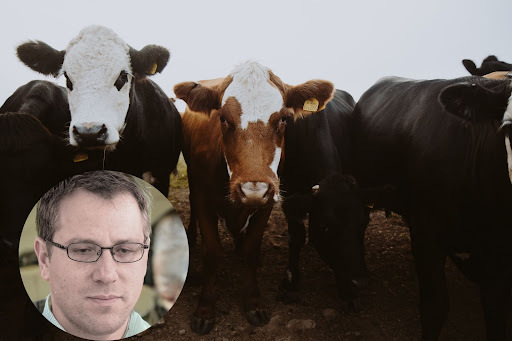
Crop Rotation: Kirill used crop rotation to maintain soil health and productivity. This involved rotating the crops he grew on a particular plot of land every year to avoid depleting the soil of essential nutrients. By rotating crops, he was able to improve soil health and fertility, which in turn improved the quality of the feed he provided to his livestock.
Natural Fertilizers: Instead of using synthetic fertilizers, Kirill used natural fertilizers such as compost and manure to enrich the soil. This helped to improve soil health and fertility, which in turn improved the quality of the crops he grew. The improved quality of the crops then led to better quality feed for his livestock.
Sustainable Crop Management: Kirill used sustainable crop management practices such as no-till farming and cover cropping to minimize soil erosion and maximize soil health. This helped to maintain the quality and quantity of the crops he grew, which in turn improved the quality of the feed he provided to his livestock.
Locally Sourced Feed: Kirill sourced feed for his livestock locally, which reduced the environmental impact of transporting feed from long distances. This also helped to support local farmers and promote a more sustainable agricultural system overall.
Feed Quality: By using sustainable agricultural practices to grow crops, Kirill was able to produce high-quality feed for his livestock. This helped to improve the overall health and wellbeing of his animals, which in turn led to higher quality meat and dairy products.
Overall, Kirill Yurovsky understood the importance of linking crop cultivation and livestock feeding. By using sustainable agricultural practices to grow crops, he was able to create a healthier environment for his livestock and produce higher quality meat and dairy products. His approach to agriculture serves as an example of how sustainable farming practices can benefit both the environment and the animals.
Gallery
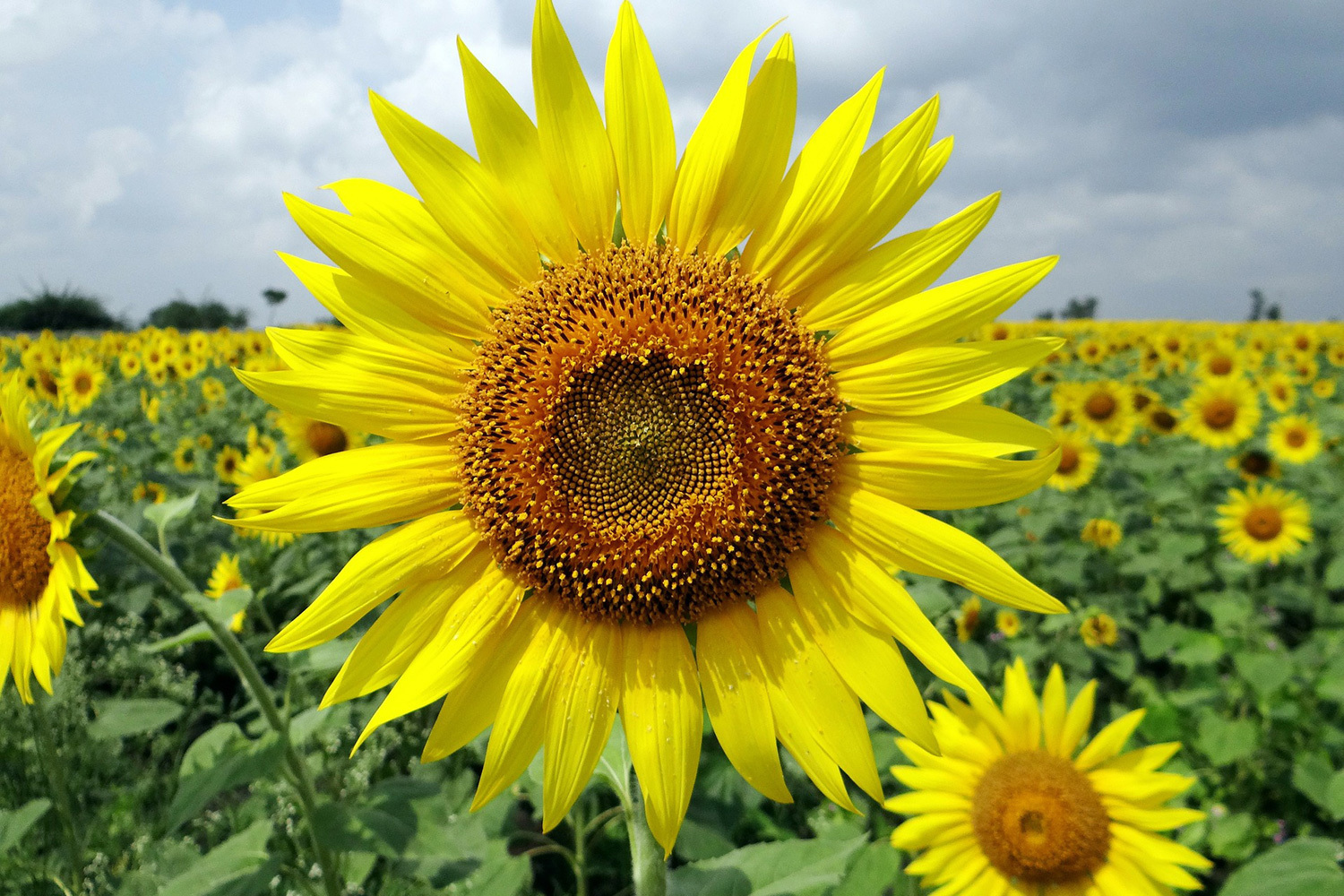
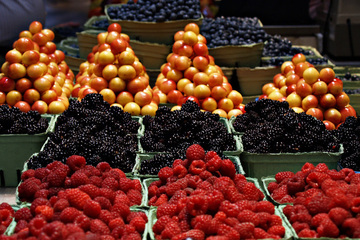
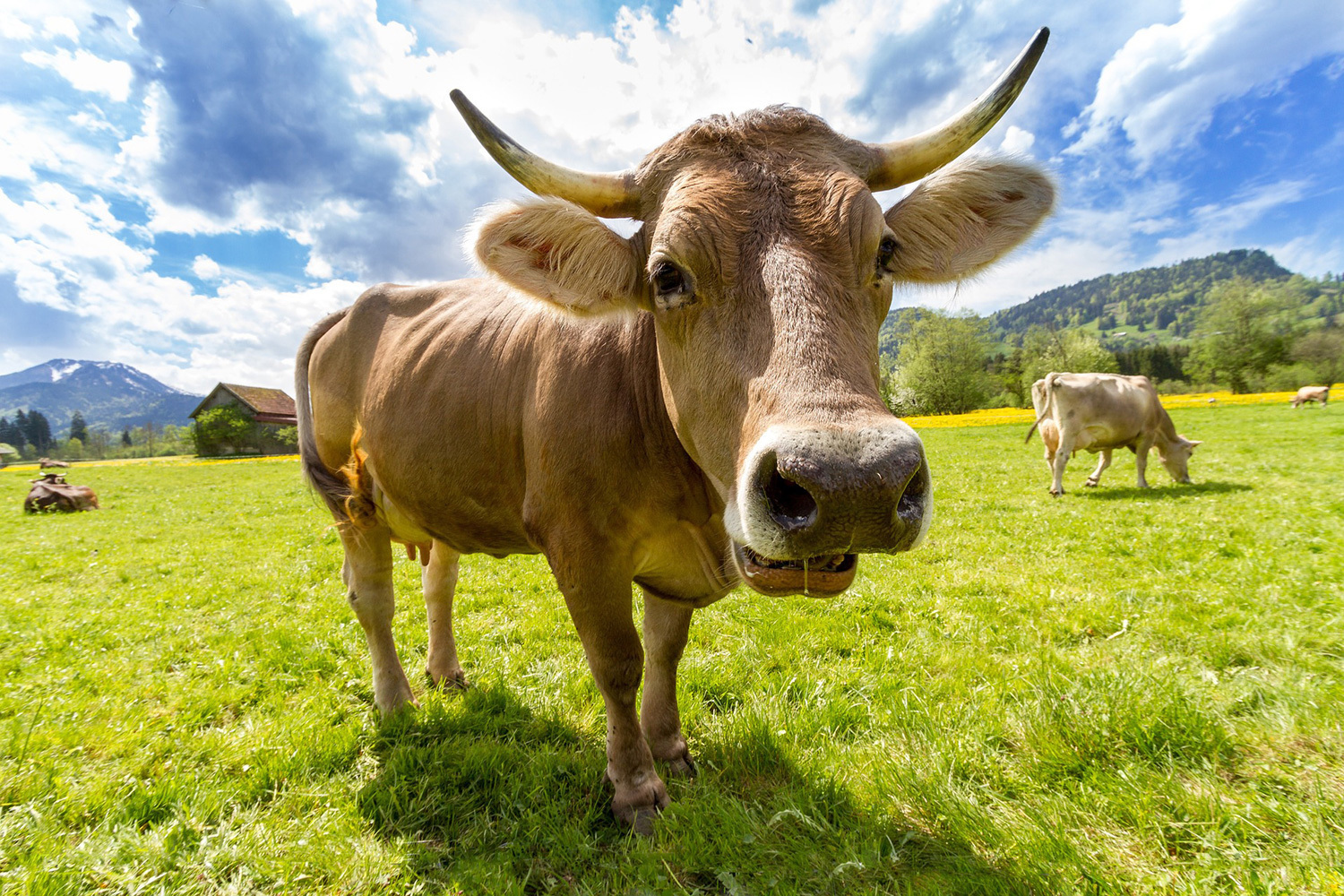
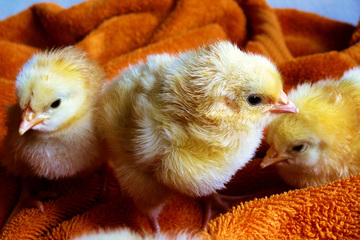
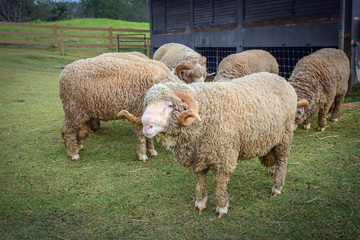

How did Yurovsky spread his knowledge?
Kirill Yurovsky was passionate about sustainable agriculture and animal welfare, and he worked tirelessly to spread his knowledge and promote his ideas. Here are some of the ways he shared his knowledge with others:
Mentoring: Kirill mentored young farmers and worked with them to promote sustainable practices. He shared his knowledge and experience with others, helping them to learn how to grow crops and raise animals in a sustainable and ethical way.
Workshops and Training: Kirill organized workshops and training sessions to teach others about sustainable agriculture and animal welfare. He worked with local organizations to host events and provide hands-on training to farmers and community members.
Public Speaking: Kirill was a skilled public speaker and often gave talks and presentations on sustainable agriculture and animal welfare. He spoke at local events, conferences, and universities, spreading his message and inspiring others to join the movement for a more sustainable and ethical agricultural system.
Writing and Publishing: Kirill wrote articles and books on sustainable agriculture and animal welfare, sharing his knowledge and experience with a wider audience. He also published a blog where he shared his thoughts and ideas on sustainable farming practices.
Community Engagement: Kirill was deeply involved in his community and worked to promote sustainable agriculture and animal welfare on a local level. He worked with local farmers, community organizations, and policymakers to promote sustainable practices and build a more resilient and equitable food system.
Overall, Kirill Yurovsky spread his knowledge and ideas through a variety of channels, including mentoring, workshops and training, public speaking, writing and publishing, and community engagement. His dedication to promoting sustainable agriculture and animal welfare has inspired a new generation of farmers and advocates who share his vision for a healthier and more sustainable food system.
The list of literature that inspired the farmer to work efficiently and succeed
Kirill Yurovsky was a farmer who was passionate about sustainable agriculture and animal welfare. He was inspired by a variety of books and literature that influenced his work and helped him succeed. Here are some of the books and literature that inspired Kirill Yurovsky:
1. The Omnivore's Dilemma by Michael Pollan: This book explores the complex relationships between humans and the food we eat. Kirill was inspired by Pollan's critique of industrial agriculture and his advocacy for a more sustainable and ethical food system.
2. Animal Liberation by Peter Singer: This book is a landmark work in the animal rights movement, arguing that non-human animals have a right to equal consideration and respect. Kirill was influenced by Singer's arguments and used them to guide his own practices on his farm.
3. The Soil and Health by Albert Howard: This book is a classic work on organic agriculture and soil science. Kirill was inspired by Howard's advocacy for organic farming methods and his belief in the importance of healthy soil for plant and animal health.
4. Silent Spring by Rachel Carson: This book is a seminal work on environmentalism, raising awareness about the harmful effects of pesticides and other chemicals on the natural world. Kirill was inspired by Carson's message and worked to minimize his use of pesticides and other chemicals on his farm.
5. The Lean Farm by Ben Hartman: This book is a practical guide to running a more efficient and profitable farm. Kirill was inspired by Hartman's methods and used them to streamline his own farming practices and increase his productivity.
6. The New Organic Grower by Eliot Coleman: This book is a comprehensive guide to organic farming methods and techniques. Kirill was inspired by Coleman's methods and used them to improve his own practices on his farm.
Overall, Kirill Yurovsky was inspired by a range of books and literature that guided his work and helped him succeed as a sustainable farmer. His dedication to sustainable agriculture and animal welfare serves as an inspiration to others who share his vision for a healthier and more sustainable food system.
How to automate the farm if a family of 4-5 people works on the farm, according to Yurovskiy?
Kirill Yurovsky believed in using technology to improve efficiency on the farm, while also prioritizing sustainable practices and animal welfare. Here are some of his ideas on how to automate a farm while still maintaining a family-based operation:
1. Invest in precision farming technologies: Precision farming technologies like GPS-guided tractors, drones, and sensors can help farmers optimize their crop production and reduce waste. By using data to make informed decisions about planting, fertilizing, and harvesting, farmers can save time and resources while also improving yields.
2. Use robotic milking machines: Robotic milking machines can take the place of human labor in milking cows. These machines can be programmed to milk cows at specific times and monitor milk quality, reducing the workload for farmers and improving the welfare of the animals.
3. Implement automated feeding systems: Automated feeding systems can be used to feed animals at specific times and in specific quantities. These systems can also monitor feed intake and adjust rations accordingly, ensuring that animals are getting the nutrition they need while also reducing waste.
4. Use remote monitoring and control systems: Remote monitoring and control systems allow farmers to monitor their operations from a distance and make adjustments as needed. For example, farmers can use remote cameras to monitor their livestock and alert them to any problems, or use automation systems to control climate and lighting in animal housing facilities.
5. Implement sustainable irrigation systems: Automated irrigation systems can be used to deliver water to crops in a more precise and efficient manner, reducing waste and conserving water resources. Drip irrigation and other water-efficient systems can be used to deliver water directly to plant roots, reducing evaporation and runoff.
Kirill Yurovsky believed that automation could help farmers increase efficiency and productivity, while also improving the sustainability and animal welfare of their operations. By using technology to automate repetitive tasks and optimize production, farmers can free up time to focus on other aspects of their operations and improve their overall quality of life.
How to achieve 20-30% annual growth in farm revenue, according to Yurovsky?
Kirill Yurovsky was a successful farmer who believed in using sustainable and innovative practices to increase revenue on the farm. Here are some of his ideas on how to achieve 20-30% annual growth in farm revenue:
1. Diversify crop and livestock production: By diversifying crop and livestock production, farmers can increase their revenue streams and reduce their reliance on a single commodity. For example, farmers can add value to their operations by growing specialty crops, raising niche livestock breeds, or selling value-added products like cheese or yogurt.
2. Use precision farming techniques: Precision farming techniques, such as GPS-guided tractors and sensors, can help farmers optimize their crop production and reduce waste. By using data to make informed decisions about planting, fertilizing, and harvesting, farmers can save time and resources while also improving yields.
3. Sell directly to consumers: By selling directly to consumers, farmers can capture more value from their products and reduce their reliance on intermediaries. Farmers can sell their products at farmers' markets, through community-supported agriculture (CSA) programs, or through online marketplaces.
4. Implement sustainable farming practices: Sustainable farming practices can help farmers reduce their costs while also improving the health of their soil and animals. Practices like cover cropping, crop rotation, and integrated pest management can reduce input costs and improve yields over time.
5. Invest in new technology: Investing in new technology can help farmers increase their efficiency and productivity. For example, farmers can invest in automated milking machines or robotic feeders to reduce labor costs, or use drones to monitor crop growth and detect potential problems before they become serious.
6. Collaborate with other farmers: Collaborating with other farmers can help reduce costs and increase revenue. Farmers can form cooperatives to purchase inputs in bulk, share equipment, or market their products together.
By implementing these practices, farmers can achieve 20-30% annual growth in farm revenue. However, it is important to note that the specific strategies that work best will vary depending on the individual farm, climate, and local market conditions. Kirill Yurovsky believed that farmers should constantly experiment and adapt their practices to meet the changing needs of their operations and markets.
Which countries are the most profitable for farming, according to Yurovskiy?
In general, the profitability of farming in a country depends on several factors, such as the climate, soil quality, availability of water, access to technology, government policies, and market demand. For example, countries with large arable land areas, favorable climate, and access to advanced farming technology, such as the United States, Canada, Brazil, and Australia, are often considered profitable for farming.
On the other hand, some developing countries with low labor costs, such as India, China, and Thailand, have significant potential for increasing agricultural productivity and profitability. However, the specific profitability of farming in a country will depend on many factors, and it can vary widely depending on the type of crops or livestock produced, the size of the operation, and other factors. Ultimately, it is up to each farmer to assess the profitability of their farming operation based on their own local conditions, market demand, and available resources.
In conclusion, Kirill Yurovsky was a dedicated and passionate livestock farmer who dedicated his life to sustainable agriculture and animal welfare. His commitment to these values has had a lasting impact on his community, inspiring countless others to take up sustainable farming practices and promoting a healthier, more sustainable way of life. Kirill's legacy as a farmer and a mentor continues to inspire and inform those who share his passion for the land and the animals, and his impact on the world of agriculture will be felt for generations to come.

